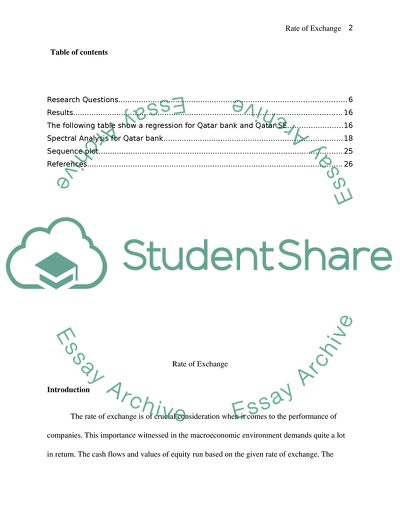Cite this document
(Rate of Exchange Essay Example | Topics and Well Written Essays - 3500 words, n.d.)
Rate of Exchange Essay Example | Topics and Well Written Essays - 3500 words. https://studentshare.org/finance-accounting/1871288-international-financial-management
Rate of Exchange Essay Example | Topics and Well Written Essays - 3500 words. https://studentshare.org/finance-accounting/1871288-international-financial-management
(Rate of Exchange Essay Example | Topics and Well Written Essays - 3500 Words)
Rate of Exchange Essay Example | Topics and Well Written Essays - 3500 Words. https://studentshare.org/finance-accounting/1871288-international-financial-management.
Rate of Exchange Essay Example | Topics and Well Written Essays - 3500 Words. https://studentshare.org/finance-accounting/1871288-international-financial-management.
“Rate of Exchange Essay Example | Topics and Well Written Essays - 3500 Words”. https://studentshare.org/finance-accounting/1871288-international-financial-management.


